Restoring the Maharaja to his former glory
As someone rightly said, homecoming never gets old. After a six-decade long stay in the foster home of the Indian Government, Air India has been returned to its birth parents – the Tata Group. Serving the aviation industry under the government undertaking, Air India has grown old as an airline. With the Tata’s taking custody of the ailing brand, they need to inject some fresh strategy to rebuild the airline and get back their customers quickly.
It takes a lot to keep a customer happy when it comes to a service brand – be it Airlines or Hospitality. With Air India now coming under TATA’s, travelers will be looking for better brand experience which Air-India could not deliver in the past,
especially post the 90’s when they faced a stiff competition from the private operators. Over the years after moving into the consumer facing industry Tata’s have built several interesting brands. Their association with Vistara will also help the group to apply some of the learnings from there. While there is a huge amount of risk the Tata’s have taken but with their strong legacy and the trust the grouphas across the country, they should be able bring back the Air India to its original glory. It will be a long journey to reach and we have to wait and watch to see how they will pull out this airline brand which was almost written off.
Pre 1990’s - The Brand Air India
Until 1990, Air India became the brand of Royalty in the name of public transport. The customers of that time remember its impeccability, its pride in being the Indian airlines, and the best services that were offered. An era when service was at an all-time high, cabins were magnificent, and flying was at its apex. But not all good things happen together. During this rise in Air India’s customer base and reputation, strikes, hijacks, bureaucracy, corruption and crashes brought the Airline down. Goodwill was diminishing like the Sand in the hourglass. The pre-90’s also gave them a monopoly situation as it was the only airline one could travel in India while there were a few foreign airlines for international travel. Being managed by the government the airline missed that dynamism to match international travel and never took any steps to step the services and delight the customer on the domestic and international front.
Open skies for private operators
The post-liberalisation period played a huge role in sabotaging the pride of Air India, when privatisation was at its full power and other aviation competitors had gotten into the market. Air India was in huge debts. Air India was the only aviation company in India but with different competitions joining in, who disrupted the market with cheaper price and more comfort, there were several options for the route, cheaper price and more comfort. Airlines like Air Deccan, Jet Airways, Kingfisher, Modiluft, Damania and Sahara wooed travelers with better service and added glamour to the travel. The advent of private operators proved to be the game changer in the Indian travel industry as passengers started patronizing the private airlines. Air-India could reinvent themselves to fight the competition but they never responded to the change. The beginning of losing their customers starter and it ate severely into its market share as Indian Airlines and Air-India started losing their share of business. Even the effort to merge Indian Airlines with Air India as cost cutting measure never helped them to recover from the huge loses, they kept on accumulating.
The Homecoming
Finally, the government sold off the whole of Air India’s bid to Tata for Rs 18,000 crore. After a long, excruciating journey, it came back to where it belonged. Air India and Indian Airlines put up a tough fight against the competitors throughout this decade. Tata today operates in diverse industries – from salt to software and from automobile to aviation, the Tata branding makes the consumer trust the product without any questions.
Air India back in the 50’s and 60’s became the brand ambassador of Aviation due to its projection as a royal chariot. The homecoming of Air India to Tata has been one of the most anticipated privatisations, which was necessary to make the airline survive compared to other private players like Kingfisher. Private airlines had already begun to eat into its market share both domestically and internationally, and it had fallen far behind world-class carriers.
Customer Expectations
Air India has one of the best consumers who have a nostalgic value attached to it. With TATA’s brand value attached to it, a new Air India is expected to be flying across the country and the globe along with TATA's reputed assurance of the best. The TATA name will certainly bring in that reassurance but the realchallenge is at the ground level where the airline has to deliver on all counts to bring back their loyal customers. The airline has to address the 4C’s that is Convenience, Cost, Comfort and Cuisine. Passengers’ expectations are creating ultra-competitive aviation landscape making airlines scramble to provide the best in-flight experience that will lure passengers to their aircraft seats. Some of the value addition inside the flight can give a lift to the brand. It all boils to delighting the customer and keeping it consistent on the service front is what will finally drive passengers to the fly the airline.
Brand Image
Your brand communication will work out well if the product is able to meet the promise or satisfy the end customer. This is where Air-India has a huge task ahead. While the brand is connected emotionally strong with many old-time flyers but the negative baggage that the airline carried for many years is not easy to erase.
They have to repackage the airline and define their new objectives and develop a very strongly differentiated positioning for the brand which they are able to deliver consistently. The brand is still leaning towards a very fuddy duddy image and personality. The personality has to be changed and redefined. While the Tata name will help the brand to infuse the trust factor but to a have a modern and futuristic outlook the brand will have to revisit the brand architecture and give a fresh face to woo the travelers both from domestic and international markets.
Brand Communication
On the communication front the Maharaja has been a brand property for years and will that be replaced or will we see a new avatar of the Maharaja which one needs to wait and watch. The presence of Maharaja had its own charm and distinct identity so it will be a tough decision on whether to retain it or not. While the consumer connect with the old loyal passenger is very strong the new stream of audience has very low knowledge and awareness about this vintage mascot. In the past brands such as Onida and Asian Paints phased out their strong brand property of the devil and the Gattu to give their brand a fresh and modern outlook. However, Onida after dropping the devil mascot initially brought it back after some time. Not sure how this is working as the impact was not the same when the brand was introduced and mnemonic of devil stood tall and visible. But there is a challenge for the airline Air-India here to get the right communication as they will address a different generation in the years to come. A deep introspection will have to be done on how to leverage the Maharaja and project the airline with a modern and contemporary outlook as the Maharaja mascot has helped in building the brand in its formative years and was quite sticky and connected well with the audience.
Industry Speak
Speaking on the strategy that Tata should be taking to reposition Brand Air India and their brand communication, Harish Bijoor, Brand Guru & Founder, Harish Bijoor Consults Inc., said, “As the Tata group welcomes back Air India back to its fold, my one piece of advice to the group would be to make sure that the expectation management of flyers is managed with care. The reality is the fact that flyers want the sky in terms of service and delivery. The reality is also the fact that it will take time for this delivery to fall into place in line with expectations of flyers. Therefore, make this upfront. Air India will not change over-night. It will change over hundreds of nights. Make this clear and take those baby steps towards excellence and perfection. But communicate this fact upfront so that flyers know!”
According to Jagdeep Kapoor, Brand Guru Founder Chairman and Managing Director, Samsika Marketing Consultants, “The Tata Group should follow a 4C strategy to revamp brand Air India:
- Credibility - They need to bring the Tata credibility and trust into the Air India brand.
- Customer Service - They need to bring world class customer service into the brand Air India.
- Creative Communication Continuity - The Maharaja creative should be continued and the legacy should continue.
- ‘Calm and Connected’ - The brand positioning and brand personality should reflect this.”
Amit Wadhwa, CEO, Dentsu Creative India, commented, “There is a certain beauty about the brand Tata. It is a brand that has a strong and rich heritage because of which it has and will always have a special place in the hearts of Indians. But the equally exciting thing about Tata is that it is as much a modern brand that has also kept evolving with times and does manage to connect with the current generation. I feel Air India is in the same zone when it comes to heritage and history but what it needs is to also be seen evolving and trending with the times. This amalgamation of past and future is something that Tata can bring to Air India. Besides this, of course, Tata taking over Air India once again is another interesting facet but that is more a PR story than a positioning strategy.”
After serving the nation for the last 69 years under the Government, connecting the new places internationally and nationally, Air India is back to its birthplace, and is expected to soar high with the TATAs to regain the power and pride that has been lost in due time.




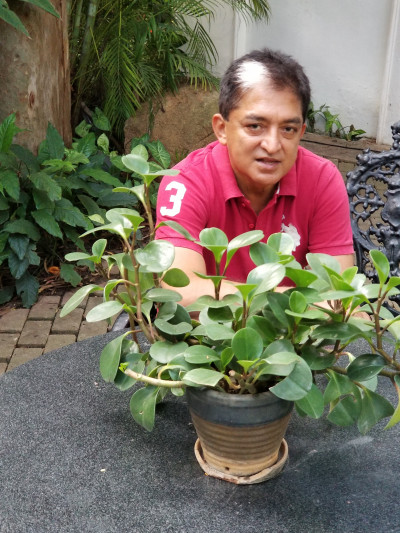
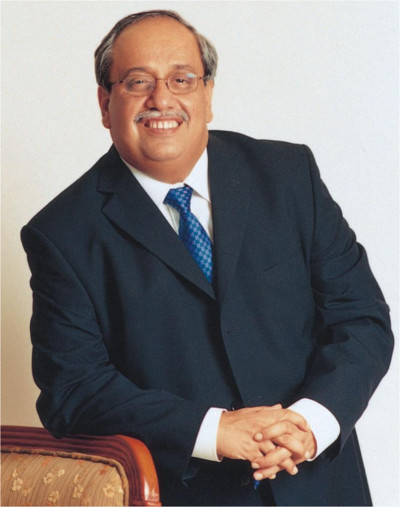

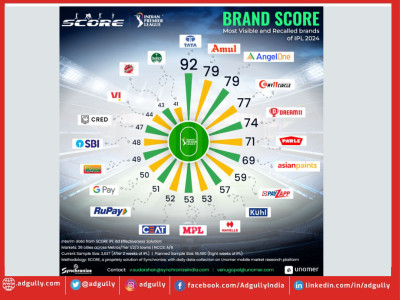
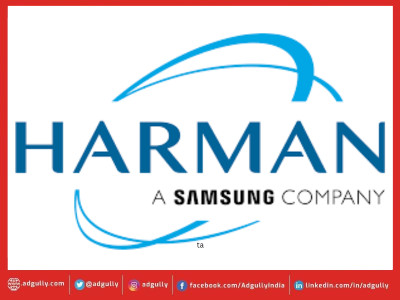


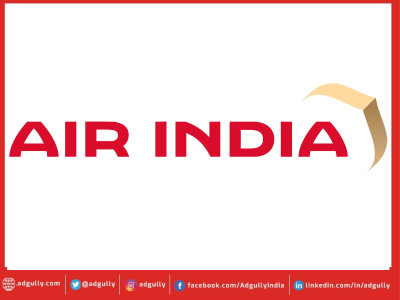

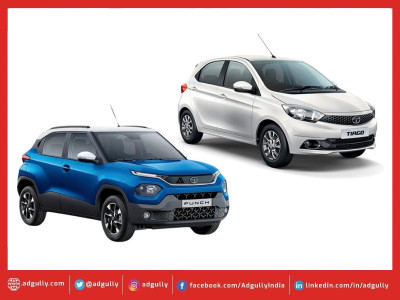
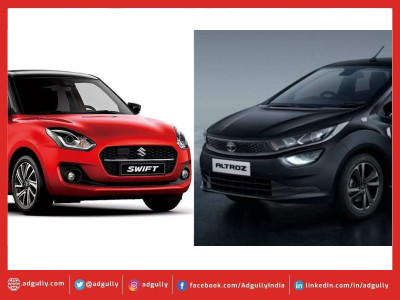
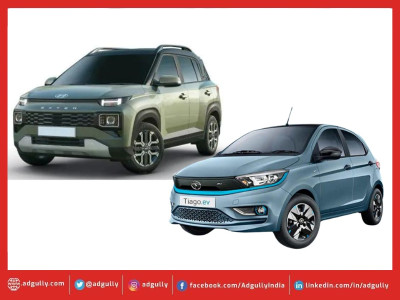





Share
Facebook
YouTube
Tweet
Twitter
LinkedIn